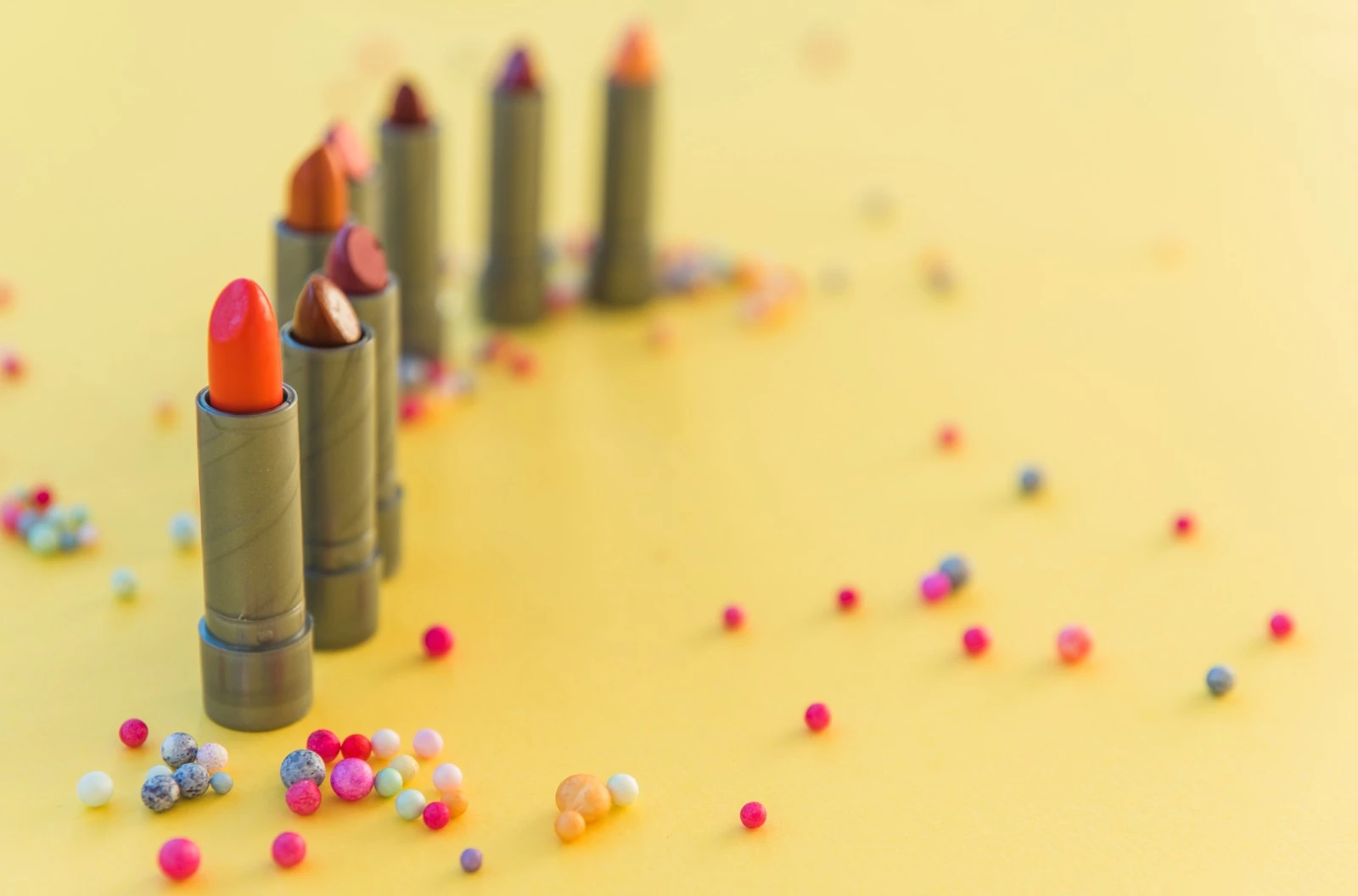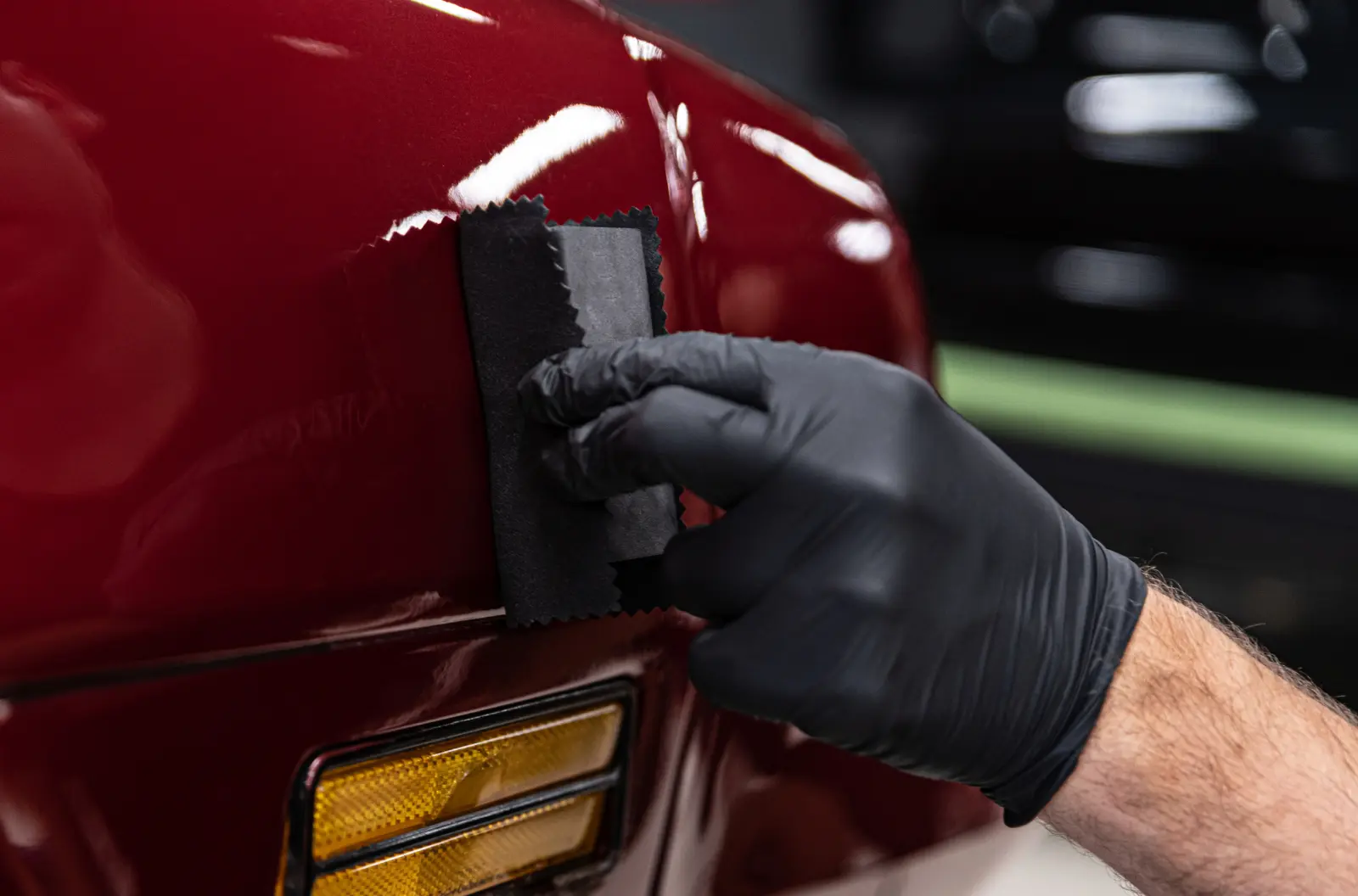TABLE OF CONTENTS
TABLE OF CONTENTS
What are Lipstick Colorants?
Types of Lipstick Colorants
Natural Colorants
Plant-Based Colorants
Mineral-Based Colorants
Animal-Based Colorants
Synthetic Colorants
Dyes
Lakes
Benefits of Using Different Colorants
Natural Colorants
Synthetic Colorants
Considerations When Choosing Lipstick Colorants
Safety and Regulations
Color Stability and Performance
Aesthetic and Functional Requirements
How to Make Lip Colorants
Ingredients and Tools Needed
Ingredients
Tools
Step-by-Step Guide
Preparation
Melting the Base Ingredients
Adding Colorants
Adding Optional Additives
Pouring and Setting
Final Touches
Tips and Tricks
Experiment with Shades
Adjust Consistency
Testing
Conclusion
Frequently Asked Questions (FAQs)
What are the types of natural colorants used in lipsticks?
Natural colorants include plant-based pigments like beetroot powder and turmeric, mineral-based colorants like iron oxides and mica, and animal-based colorants like carmine.
What are the benefits of using natural colorants in lipsticks?
Natural colorants are safer, eco-friendly, and less likely to cause skin irritation. They often provide additional skin benefits, such as anti-inflammatory and antioxidant properties.
Are synthetic colorants safe for use in lipsticks?
Yes, synthetic colorants are safe when approved by regulatory bodies like the FDA. They offer vibrant colors, stability, and cost-effectiveness.
How do I choose the right colorant for my lipstick?
Consider safety, color stability, compatibility with other ingredients, and the desired finish. Ensure the colorants are approved by relevant authorities and do not cause allergic reactions.
Can I make my own lip colorants at home?
Yes, you can make your own lip colorants using natural ingredients like beetroot powder, cocoa powder, and mica. Follow a step-by-step guide to ensure safety and achieve the desired shade.
What ingredients do I need to make DIY lip colorants?
You will need base ingredients like beeswax, shea butter, cocoa butter, and carrier oils, as well as natural colorants such as beetroot powder and mica. Optional additives include essential oils for fragrance and vitamin E for preservation.





